2024 Free Summer Meals
May 6th, 2024
Child Nutrition Program - 2024 Free Summer Meal Program Beginning Monday, June 3rd, ALL children, ages 1-18 years, may receive a free breakfast and lunch through the Provo City School District's...

As part of the 4th-grade Utah Core Social Studies Standards, our students have created topographical maps of Utah as they learn about the physical geography of the state.
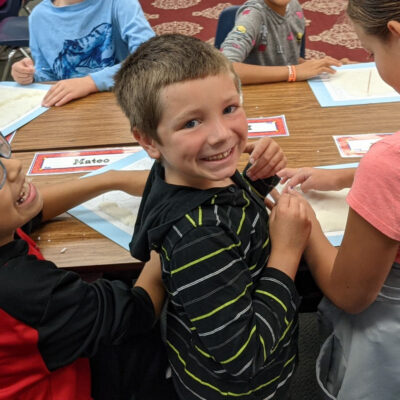

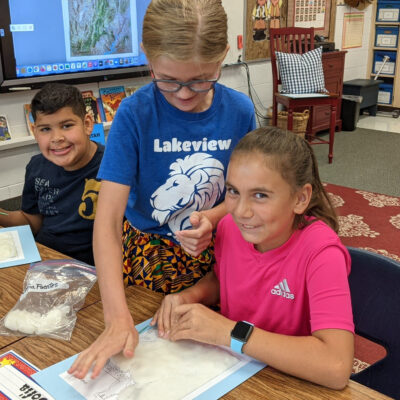
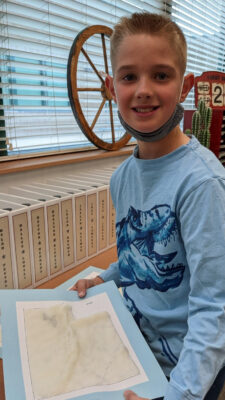
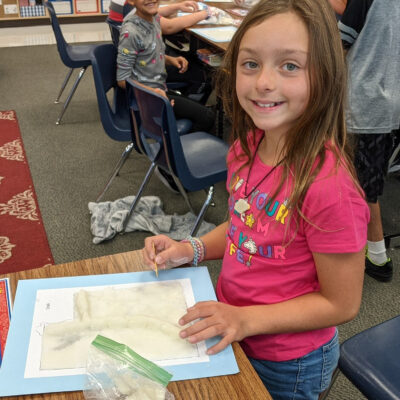
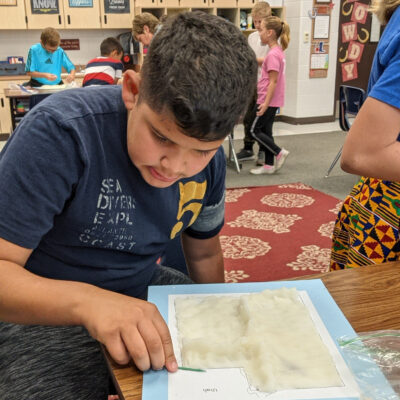


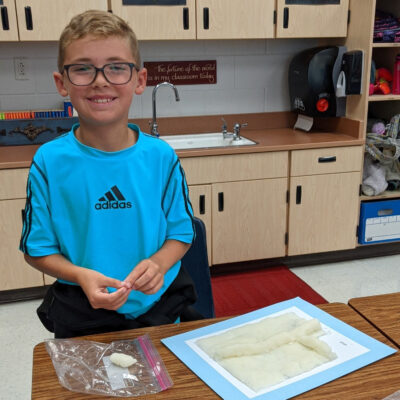

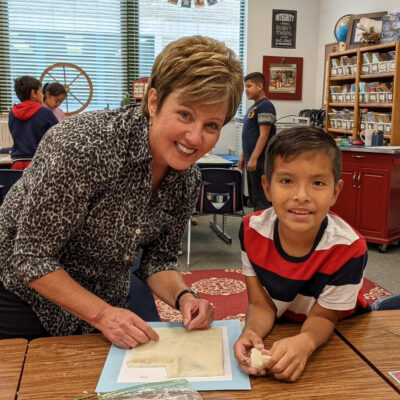

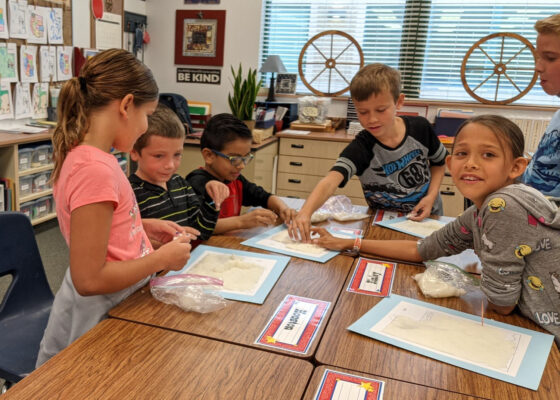
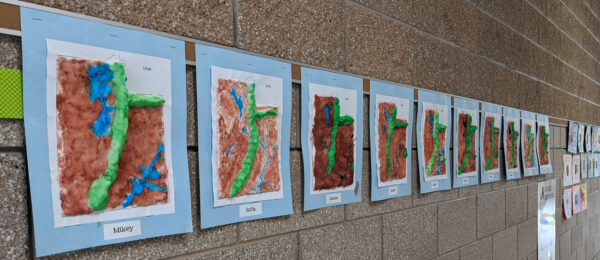
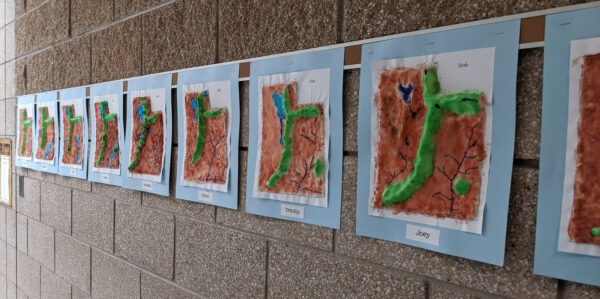
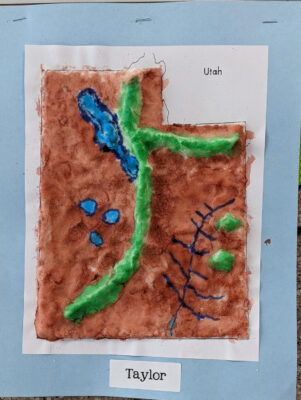
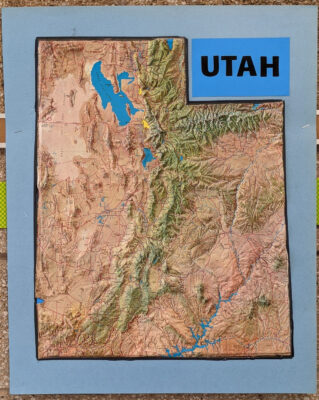
Utah’s physical geography has a direct impact on the cultures of the various peoples who have inhabited it throughout time. By learning about the physical geography of Utah and how it has changed over time, students will be able to understand the interrelationships between the physical geography of Utah and human cultural development. Standard 1 Students will understand the relationship between the physical geography in Utah and human life.
Objective 1 Classify major physical geographic attributes of Utah.
Identify Utah’s latitude, longitude, hemisphere, climate, natural resources, landforms, and regions using a variety of geographic tools.
Examine the forces at work in creating the physical geography of Utah (e.g. erosion, seismic activity, climate change).
Objective 2 Analyze how physical geography affects human life in Utah.
Identify population concentrations in the state and infer causal relationships between population and physical geography.
Classify the distribution and use of natural resources.
Compare the development of industry and business in Utah as it relates to its physical geography (e.g. mining, oil, agriculture, tourism).
Make inferences about the relationships between the physical geography of Utah and the state’s communication and transportation systems (e.g. trails, roads, telegraph, rail lines).
Examine the interactions between physical geography and public health and safety (e.g. inversions, earthquakes, flooding, fire).
Explain how archaeology informs about the past (e.g. artifacts, ruins, excavations).
Objective 3 Analyze how human actions modify the physical environment.
Describe how and why humans have changed the physical environment of Utah to meet their needs (e.g. reservoirs, irrigation, climate, transportation systems, and cities).
Explain viewpoints regarding environmental issues (e.g. species protection, land use, pollution controls, mass transit, water rights, trust lands).
Outline the development of recreation in Utah since 1900 (e.g. sports, tourism, state, and national parks).
d. Make data-supported predictions about the future needs of Utahns and the natural resources that will be necessary to meet those needs.
Social Studies language students should know and use: natural resources, landforms, regions, erosion, seismic activity, tourism, communication, transportation, archaeology, artifacts, excavations
Child Nutrition Program - 2024 Free Summer Meal Program Beginning Monday, June 3rd, ALL children, ages 1-18 years, may receive a free breakfast and lunch through the Provo City School District's...
Our Second Grade classes have been working on this year's program all year and it really shows. We're proud of these Lions and appreciate their teachers and instructional assistants for their...
Provo City School District will host four informational meetings to share and discuss construction and facilities information with the community. Each meeting will begin at 6:00 p.m. on the dates...